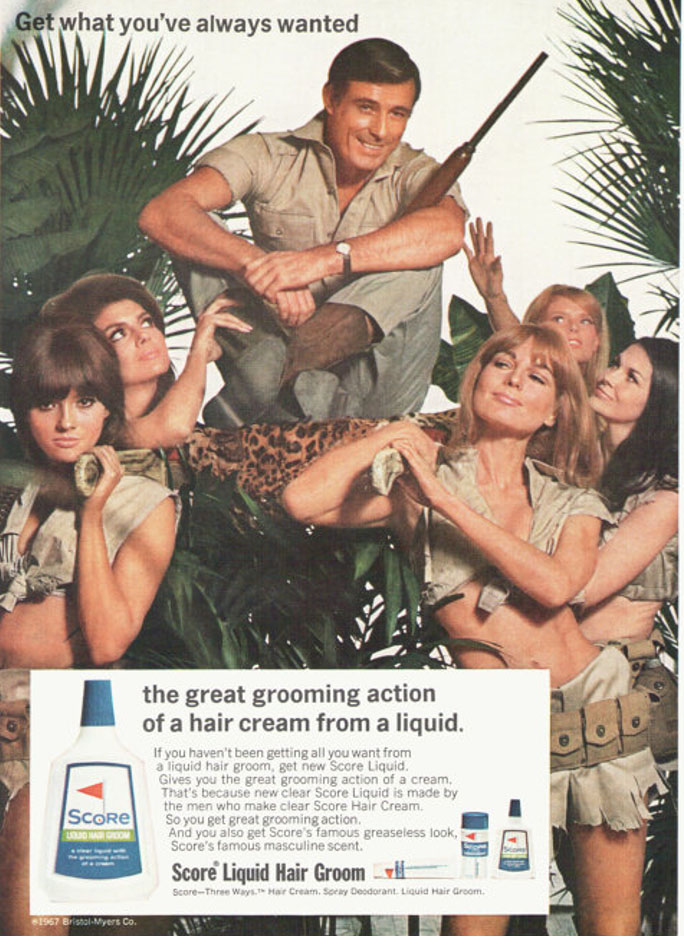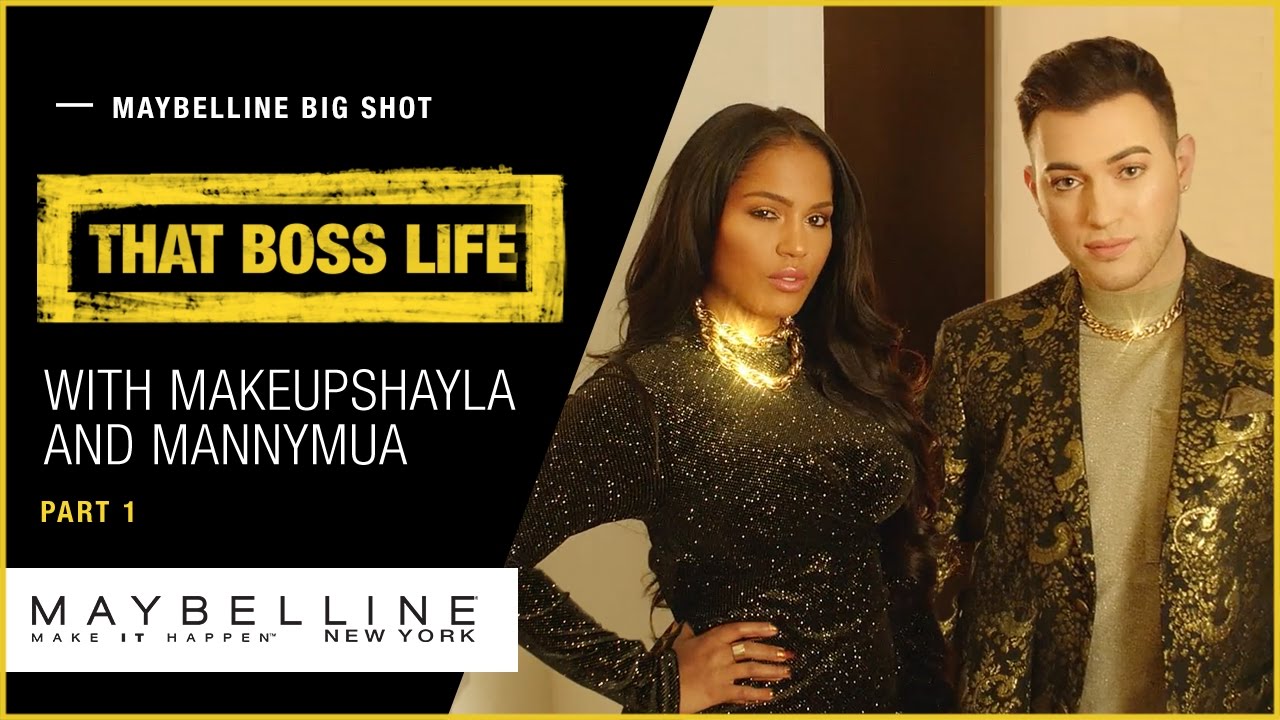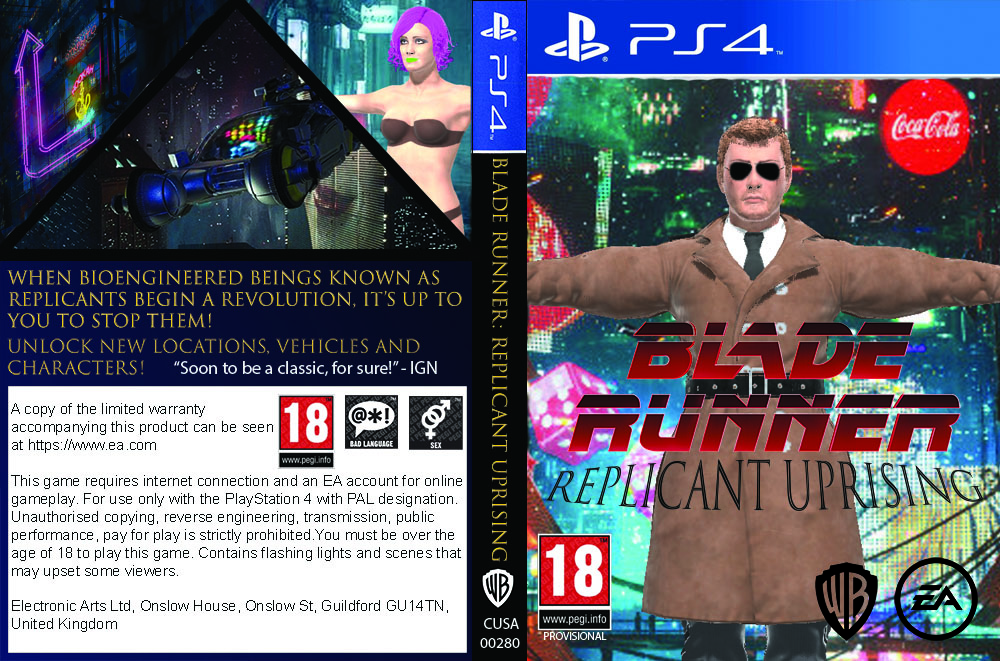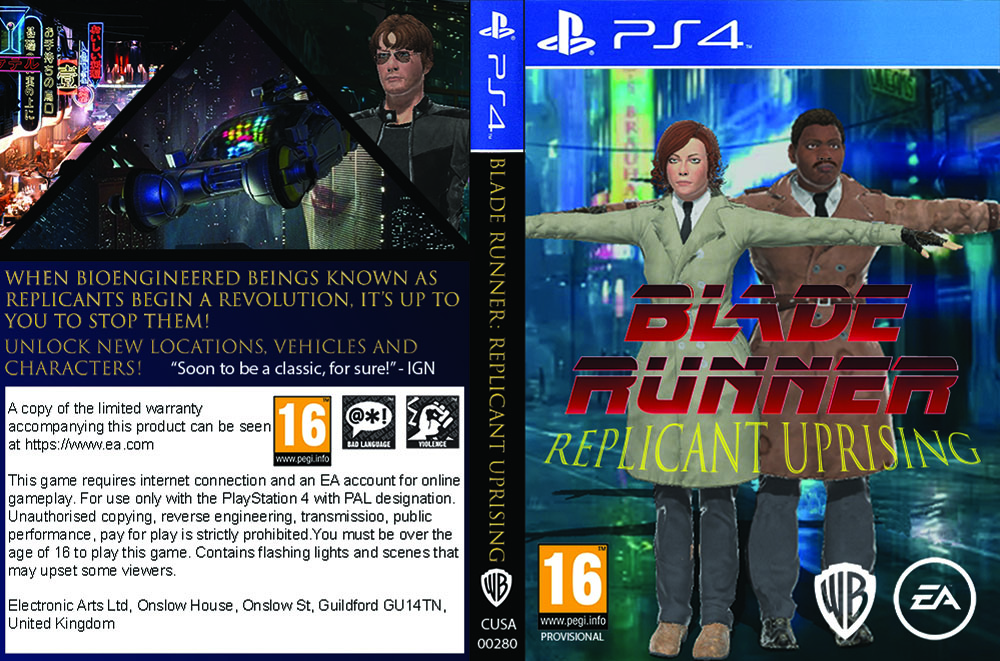
This advert suggests that if you buy their product, then you can attract lots of women. This is shown in the strapline: “Get what you’ve always wanted” and the image of a man surrounded by women. The costumes for the women are revealing and sexualising, and have connotations of voyeurism for heterosexual men – which is the target audience, so it will likely help sell more product.
In the advert, the women at the back are gazing lustfully at the man – which insinuates how all women look at men wearing the product. Another woman, on the right, is looking proud, as though she is showing off the man. The final woman, on the left, is looking directly at the camera, which could connect the advert with the potential purchaser.






